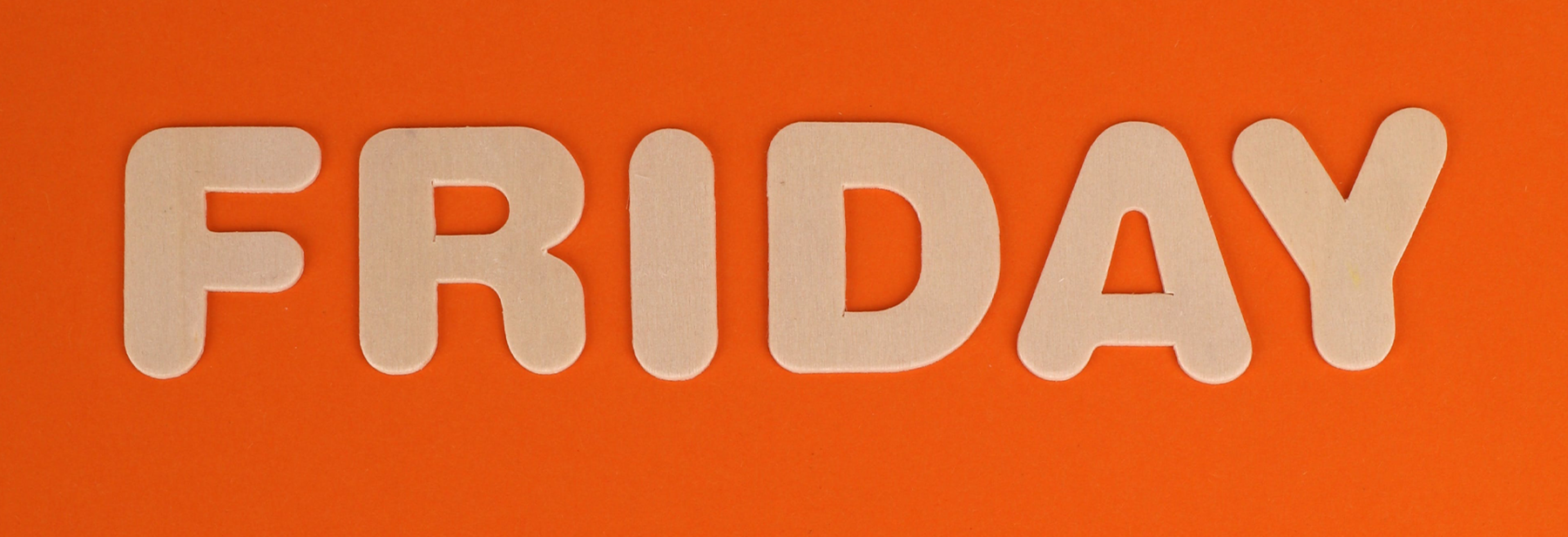
ServiceFriday: Fee vs. Free – What Consumers Really Like
Logic would have us believe a free product will sell faster than one that costs money. However, research has proven otherwise when dealing with price promotions, the results of which were published in the Journal of Retailing.
A common form of price promotion is “to offer consumers upgrades of their purchased products at a special price.” This can include adding a supplementary good to the base product, such as offering toothpaste with a toothbrush, or introducing new features or capacities to the base product, such as upgrading to a larger drink size. When determining how to price these promotions, “Token Promotional Pricing” (TPP) explains what works best. According to TPP, “In conditional price promotions offering product upgrades, the offer can appear more attractive, and subsequently can generate greater sales, when the upgrade is offered at a small, token price rather than free.”
Consumers tend to make decisions based on different reference points (or benchmarks) when purchasing a product. For instance, people would be more willing to drive an extra 20 minutes to save $5 on a $15 calculator, while the same drive for $5 off a $125 jacket would not be as worth it. The 33% discount on the calculator is much more appealing to a consumer.
This need for a reference or benchmark to compare to is why consumers are more inclined to buy a product with a small, non-zero price. “It provides consumers with a meaningful benchmark to evaluate the upgrade, which in turn can increase the perceived attractiveness of the overall deal.” With a free upgrade, this comparative evaluation between the normal price and the upgrade price is absent.
The “zero-comparison effect” explains why consumers are unable to practice this relative thinking when an upgrade is offered for free. It is solely about perception. A comparison between two non-zero numbers, one small and one disproportionally large, activates this relative thinking in the consumer’s mind, and enhances the perceived “smallness” of the small number and the “largeness” of the large number. Therefore, the promotion deal appears to be desirable because of the dramatic decrease in price. However, when the upgraded product is free, the initial base price is often forgotten, and the discount ceases to seem as dramatic.
One study did contradict these findings, but enhanced the idea that perception is key in price promotions. When consumers were asked to articulate how much money would actually be saved in a deal, the token-priced upgrade was rendered no more attractive than a comparably free upgrade.
To read the full article, go to ScienceDirect.com. (A fee may apply.)